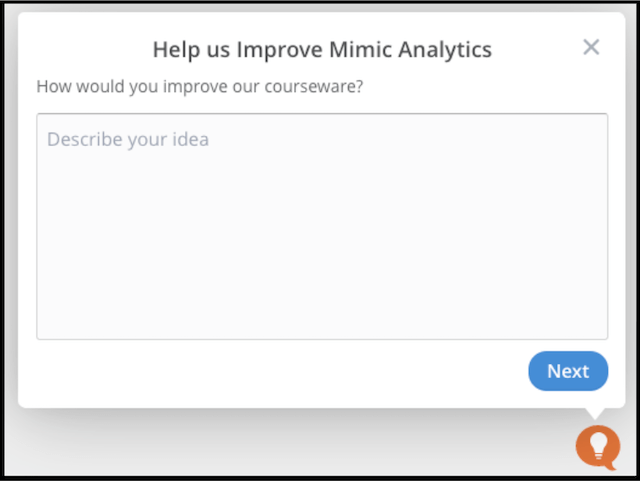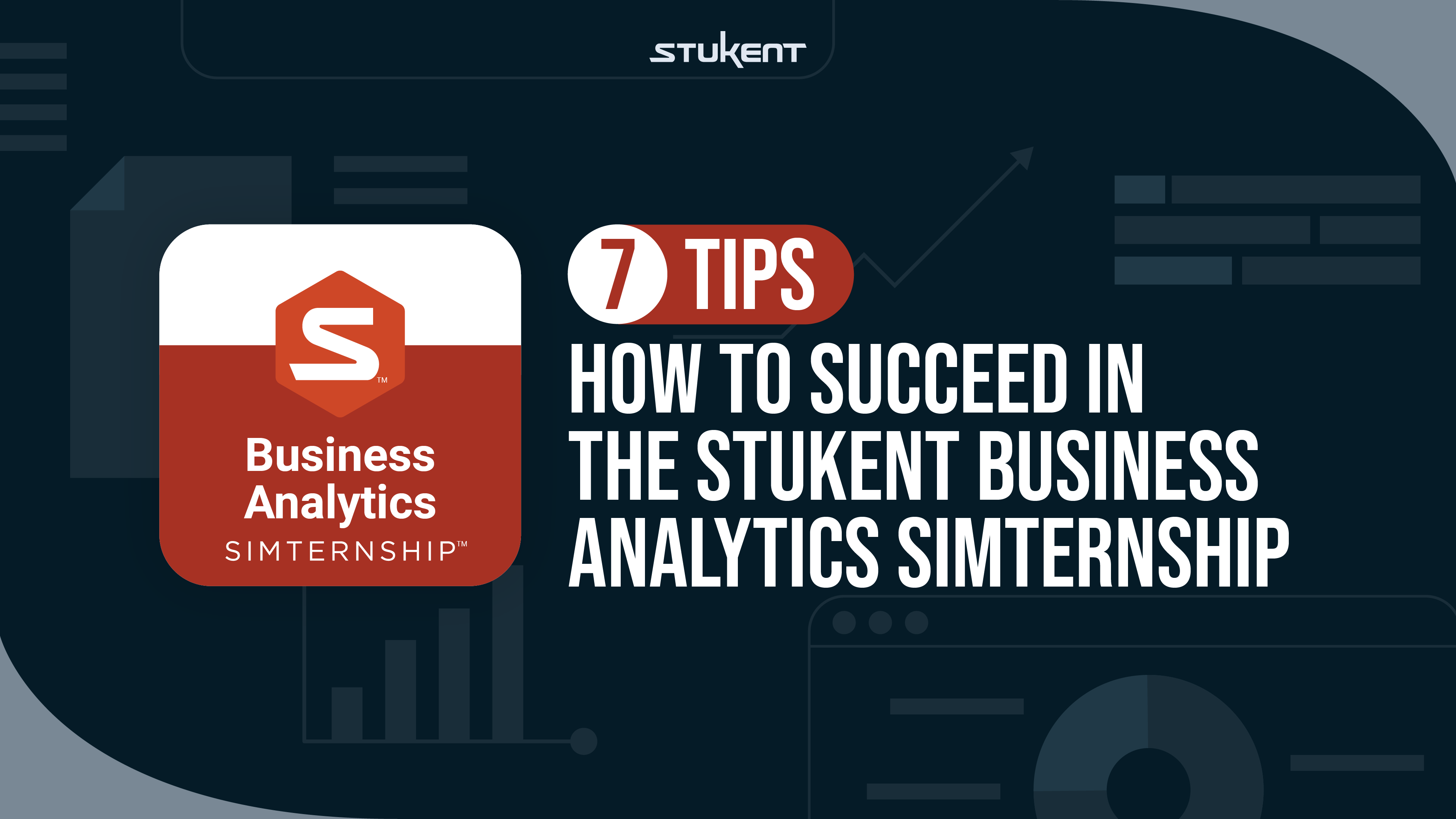It’s up to you to increase revenues for Buhi Supply Co. using various data analytics processes, and that is no simple task. From transforming and integrating data to running A/B tests, Stukent’s Business Analytics Simternship™ will definitely put your skills to the test.
With the help of these seven tips, you’ll increase Buhi’s revenues in no time.
And keep in mind that the simulation mirrors the real world of marketing analytics, so these tips can be just as helpful when you enter the workforce.
1. Read the Scenarios, Objectives, and Guides
However obvious instructions may seem, they exist for a reason.
Scenarios provide real-world context that helps you understand the application of data analytics you complete. Objectives tell you exactly what you must do. And guides give you useful tips along the way, whether you need help using Excel functions or running k-means cluster analyses.
You’ll save yourself lots of time and effort if you pay close attention to detail from the beginning.
2. Stay Organized
Just like the real world, the Stukent Business Analytics Simternship requires you to work with lots of data, and it is very easy to misplace and confuse that data if you aren’t careful.

To keep your files organized, work systematically. Organize your data in a way that you can remember and easily execute again. You can try moving your data files into specific folders on your computer and renaming those folders to make them easily distinguishable.
You’ll notice that certain rounds require you to upload certain extensions of files. For example, Round 1 you requires you to upload cleaned CSV files. Pay close attention to the types of files you use and download, and don’t forget to double-check the files you upload to make sure you have selected the correct ones.
3. Use Functions
While you can always clean data manually, you can save time and effort by using spreadsheet functions. For example, you can use functions like “CONCATENATE” to combine information from multiple cells into one cell or “IF” statements to display information depending on whether a condition is true or false.
If you are in a round that requires the use of a spreadsheet program, you can find spreadsheet function tutorials within that round’s guide and tips for data transformation, integration, and more.
4. Understand Customer Segments
Marketing analytics requires cluster analyses, and in the Stukent Businesses Analytics Simternship, the clusters are customer segments.

Each customer segment is created based on a certain combination of variables, and those variables will help you determine whether or not you should use resources to target that customer segment.
You will be required to allocate budget to customer segments, and choosing the segment(s) that match your target customer best will increase revenue. Pay close attention to the types of variables a customer segment is composed of.
5. Follow A/B Testing Best Practices
It is easy to get caught up in A/B testing and forget the basics. Here is a refresher:
Only test one variable at a time
If you run more than one test at the same time with the same group, you can contaminate the results of your A/B tests. Meaning, one A/B test will affect the perceptions of another A/B test and neither of their results will be accurate.
Test the right variables
In terms of A/B testing, your bottom line should focus on profit, not design. While you might like the way one image looks in comparison to another or the way a certain button appears, increasing revenue is more important.
Design a strong hypothesis
A/B testing is a type of controlled experiment, which means you need a well-designed hypothesis. While you should definitely determine whether condition A or condition B is more successful, you should also determine why.
For more information on running successful A/B tests, check out this article “Make Your Next A/B Test a Success with These 12 Best Practices.”
6. Spend Money Wisely
In some rounds, you have the option to purchase third-party services for data transformation and integration. You can also perform data transformation and integration on your own and save money.
If you trust yourself to do a good job of transforming and integrating data, it is best to put in the work and avoid paying for third-party services. However, if you choose to purchase third-party services, make sure you have budgeted properly and understand the effects doing so will have on your final budget allocations.
7. Focus on Your Goals
Each round of the simulation is centered around a specific goal, however those goals aren’t always the same. Goals can range anywhere from increasing return on ad spend to increasing clicks.
Keep each round’s goal in mind during your budget allocation, so you make accurate suggestions and don’t lose sight of what is most important for Buhi.
Bonus Tip: Share Feedback

If you run into issues or have ideas for improvements to the Stukent Business Analytics Simternship™, give us feedback via the lightbulb icon in the bottom left corner of your screen. We want you to have a top-notch learning experience!
Formerly known as Mimic Analytics.






